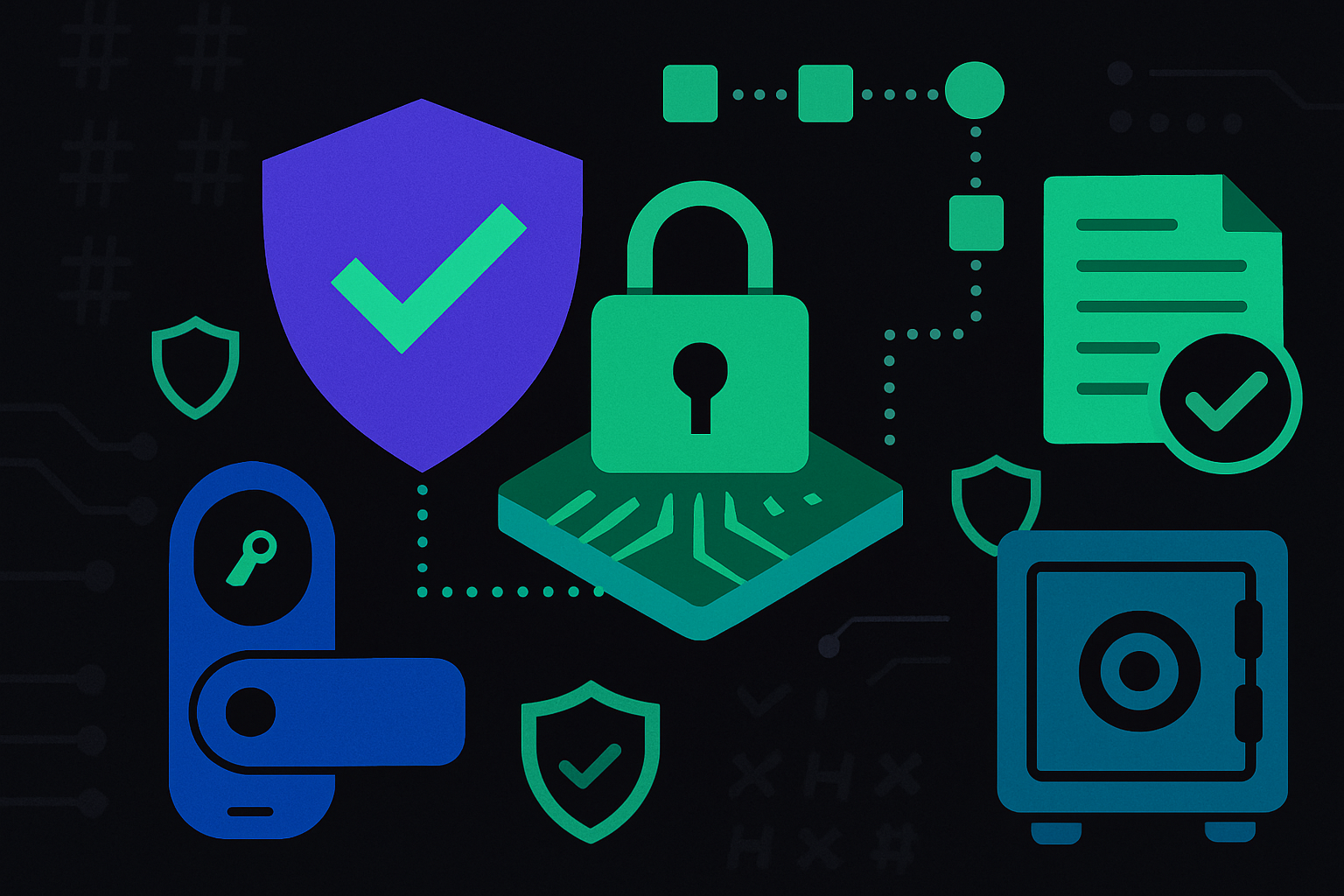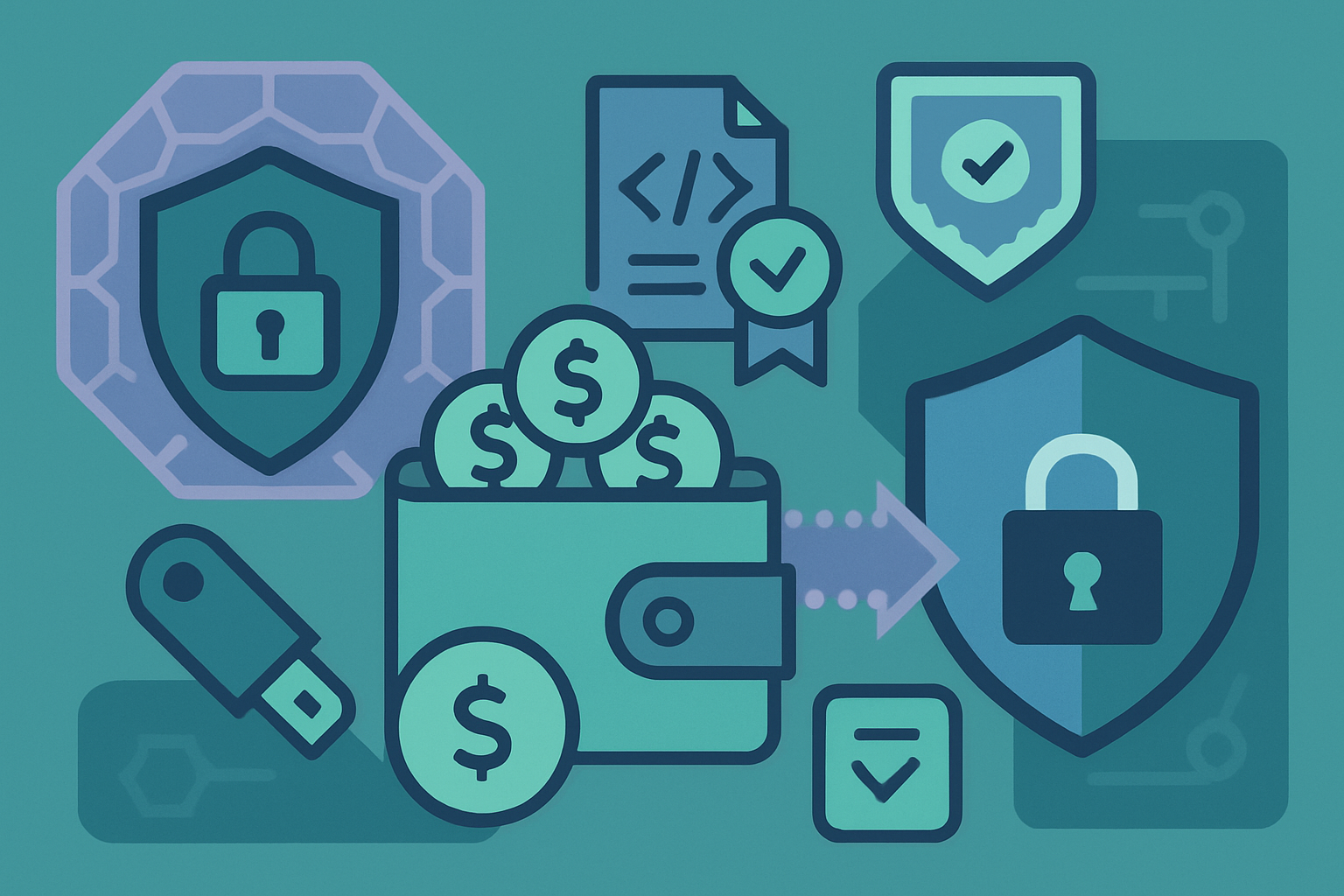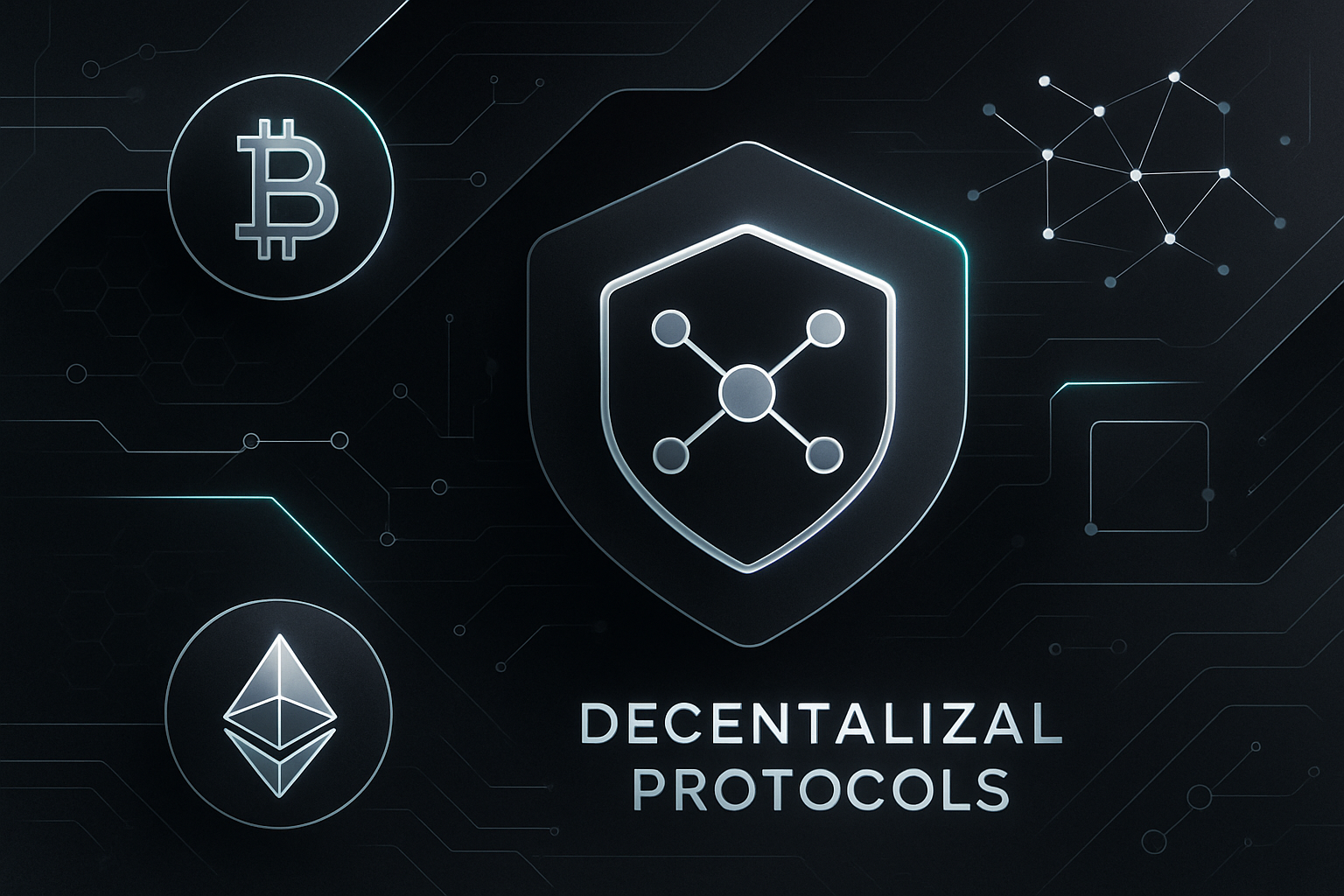How Dojo Game Jam VII Is Driving Innovation in Fully On-Chain Gaming

Dojo Game Jam VII has just wrapped up, and the energy reverberating through the fully on-chain gaming ecosystem is palpable. Over Halloween weekend, developers from around the world converged to push the boundaries of what’s possible using the latest release: Dojo 1.7, now celebrated as the fastest and most stable iteration of the Dojo Engine. With $15,000 in prizes on the line and a clear focus on innovation, this Game Jam wasn’t just a competition, it was a showcase for how far on-chain game development has come and where it’s headed next.

Why Dojo Game Jam VII Mattered for Fully On-Chain Gaming
On-chain gaming isn’t just about putting assets or scores on the blockchain, it’s about building entire game worlds where every rule and every outcome is provable, transparent, and owned by players. The Dojo Engine sits at the heart of this movement. Built with Cairo and running atop StarkNet, Dojo gives creators a complete toolkit: Katana for lightning-fast transaction sequencing, Sozo to manage smart contract migrations with ease, and Tori for real-time data indexing. This trio dramatically reduces friction for teams eager to experiment with autonomous worlds: games that run entirely without centralized servers or gatekeepers.
The Halloween-themed Game Jam was perfectly timed to celebrate Dojo 1.7’s release. The upgraded engine delivered not just speed improvements but also greater stability, a critical factor when you’re building games where every move is etched permanently on-chain.
Showcasing Next-Level On-Chain Games
This year’s jam wasn’t short on ambition or creativity. Standout entries included zKnight, a turn-based strategy game that leverages Dojo’s composability for fully on-chain battles, and Hash Dungeon, a Dungeons and Dragons-inspired experience where every action, from dice rolls to dungeon crawls, is executed transparently via StarkNet smart contracts. These projects demonstrated how far we’ve come from static NFT games; now we’re seeing dynamic worlds built with real-time player agency and verifiable outcomes.
The jam format itself, intense, collaborative, time-boxed, encouraged rapid prototyping while letting devs stress-test new features in Dojo 1.7 under real-world conditions. This hands-on pressure-cooker approach consistently spawns innovations that ripple out across the broader ecosystem.
The Tech Stack Powering Fully On-Chain Innovation
If you’re new to on-chain game development with Dojo, it pays to understand why these tools matter:
- Katana: Empowers seamless local testing via an ultra-fast sequencer, crucial for iterating quickly during jams.
- Sozo: Handles complex migrations so developers can upgrade their games without headaches or downtime.
- Tori: Makes real-time data indexing straightforward so frontends stay perfectly in sync with blockchain state.
Together these tools form a robust foundation not just for hackathons but for production-grade games aiming at mass adoption within Web3.
What’s especially exciting is how Game Jam VII highlighted the shift from isolated, single-project experiments to a thriving ecosystem of interoperable, player-driven worlds. By leveraging Dojo’s open architecture on StarkNet, developers aren’t just building games, they’re laying the groundwork for a new generation of digital economies where composability and ownership are default features, not afterthoughts.
Projects like zKnight and Hash Dungeon didn’t just showcase technical prowess; they proved what’s possible when you let community creativity run wild within a provable, decentralized environment. Elements such as on-chain turn resolution, verifiable random number generation for dice rolls, and permissionless modding were front and center, features that are only feasible with fully on-chain infrastructure.
Community-Driven Development and Real-World Impact
One of the most powerful outcomes from Dojo Game Jam VII is the way it catalyzed community learning and collaboration. Experienced Cairo devs worked side-by-side with newcomers eager to break into blockchain gaming. The result? Open-source codebases, active Discord channels buzzing with feedback, and a wave of new contributors ready to iterate on these projects post-jam.
This is more than hackathon hype, it’s a sustainable model for innovation. Every jam project becomes a reference point or even a launchpad for future games built with the MUD framework or Dojo engine. If you’re looking to join the movement or start building your own autonomous world, check out our practical guide for Web3 developers.
Where Fully On-Chain Gaming Goes Next
The momentum coming out of Dojo Game Jam VII is impossible to ignore. As more teams experiment with fully on-chain logic, where every item drop, quest outcome, or PvP encounter is transparent and tamper-proof, we’ll see new game genres emerge that simply aren’t possible in traditional Web2 environments.
The prize pool of $15,000 wasn’t just a carrot; it was a signal that real value is flowing into this space. Investors and players alike are waking up to the reality that blockchain-native games can deliver experiences that are fairer, more creative, and ultimately more rewarding than their centralized counterparts.

If you’re watching this space as a trader or builder: keep your eyes peeled for the next wave of releases powered by Dojo 1.7. The innovations tested during this jam will ripple outward, fueling everything from interoperable loot systems to truly persistent worlds governed by smart contracts alone.
For those ready to ride the momentum, or catch the next big trend in Starknet gaming: now’s the time to get involved. Whether you’re hacking at the protocol layer or strategizing around emerging token economies, one thing’s clear: fully on-chain gaming isn’t just here to stay, it’s accelerating.





